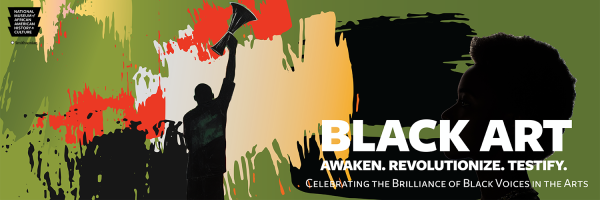
Black History Month pays “tribute to the generations of African Americans who struggled with adversity to achieve full citizenship in American society.” The Black History Month 2024 theme, “African Americans and the Arts,” explores the key influence African Americans have had in the fields of “visual and performing arts, literature, fashion, folklore, language, film, music, architecture, culinary and other forms of cultural expression.”
To commemorate Black History Month 2024, ITS Information Assurance (IA) invites you to explore writings and art that examine the surveillance of Blackness in American history since colonial times, and how it manifests in contemporary society.
Simone Browne, Ph.D., associate professor of African and African Diaspora Studies at the University of Texas, weaves surveillance studies together with the history of the transatlantic slave trade in her 2015 book, Dark Matters. In her work, “she shows how contemporary surveillance technologies and practices are informed by the long history of racial formation and by the methods of policing black life under slavery, such as branding, runaway slave notices, and lantern laws” (dukepress.edu). To hear Professor Browne speak about her work, you can view this presentation, Surveillance and Race Online.
Kapwani Kiwanga, a Canadian-born artist based in Paris, created an installation for the New Museum in 2022 that provided another exploration of the history of surveillance, focusing on lantern laws of 18th century New England. Her installation, entitled Off-Grid included a beaded curtain, a series of mirrors, a purple wall, and a sculpture comprised of metal rods covered in sisal. The gallery space included no artificial light, which inspired visitors after dark to ask questions that circled back to Kiwanga’s ideas of surveillance and darkness, which were based on her extensive research, in part using Browne’s Dark Matters. For more insight into the exhibit and Kiwanga’s work, see To Illuminate History, An Artist Turns Out the Lights.
Both Browne and Kiwanga use Lantern Laws of the 1700s as one focal point in their work to elucidate the surveillance of blackness. These laws, which were enacted in New York and other parts of New England, required Black, indigenous and mixed-race enslaved people 14 years of age and older to carry a lighted candle in the streets if it was an hour or more after sunset and they were not accompanied by a master or mistress, or a white person. If they were found without a candle lantern to illuminate their movements, they could be arrested and possibly beaten.
Explore the new History of Surveillance timeline, which includes the Lantern Laws of the 1700s, in the Protect Privacy section of the Safe Computing website.
